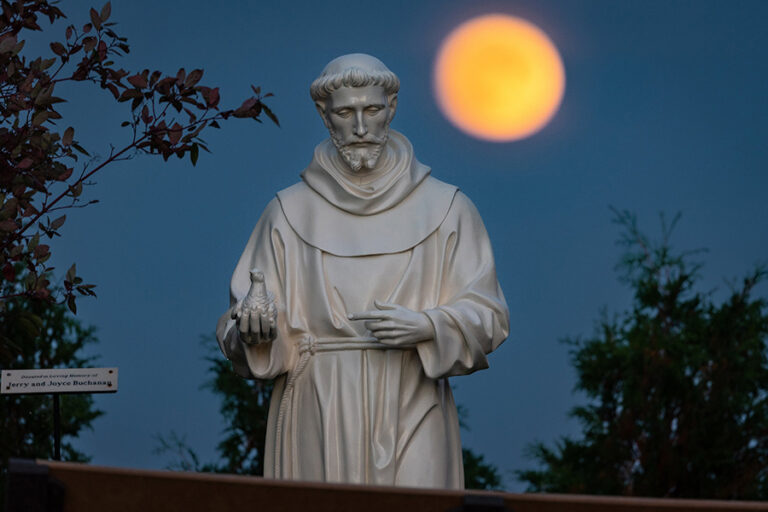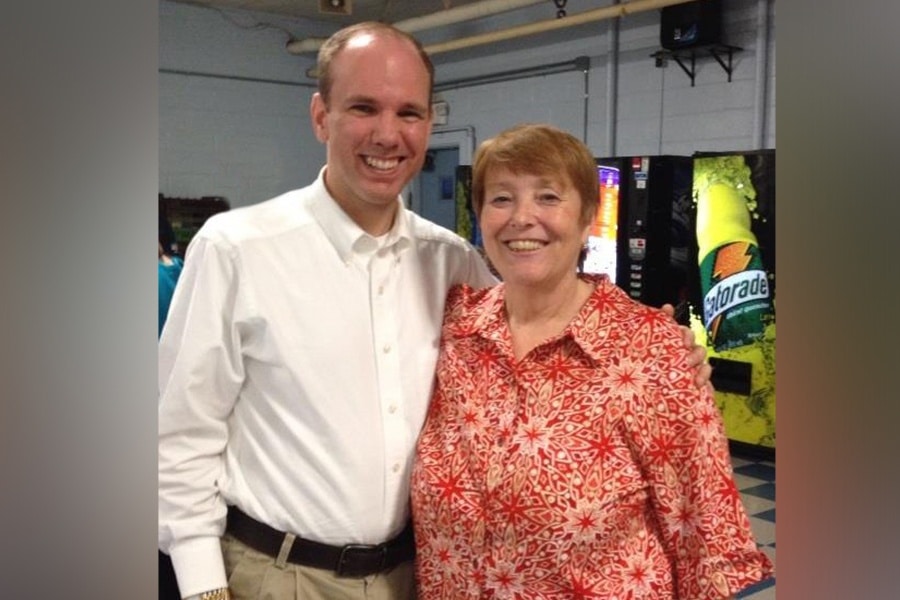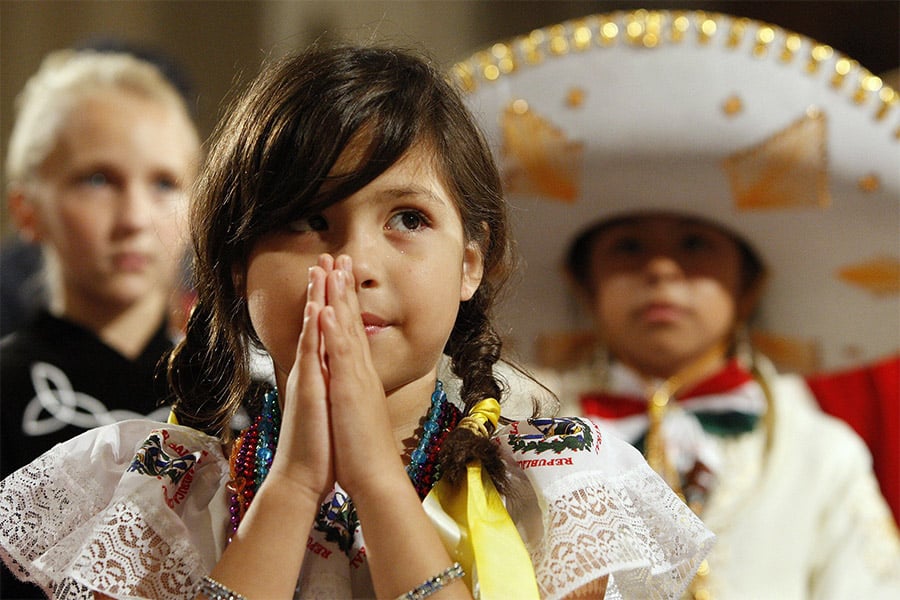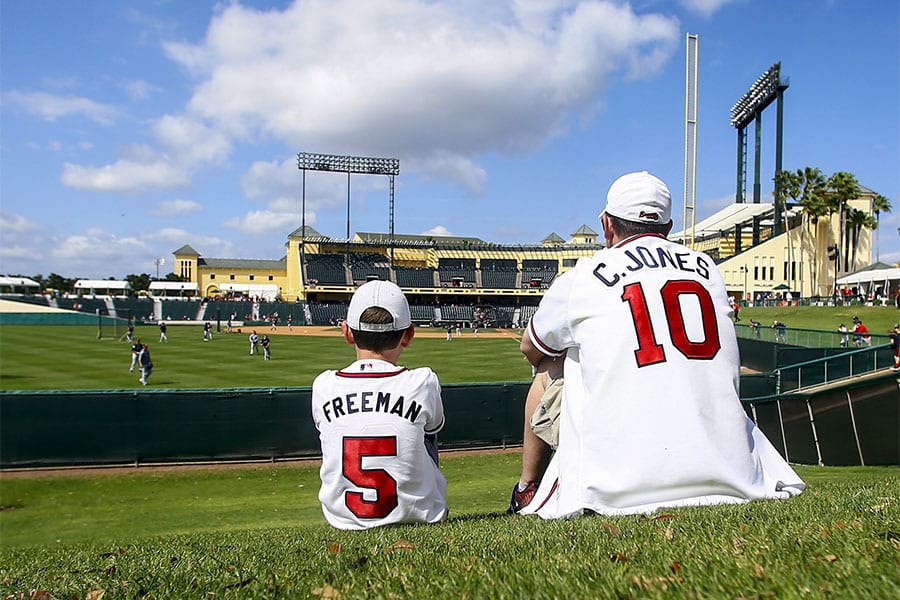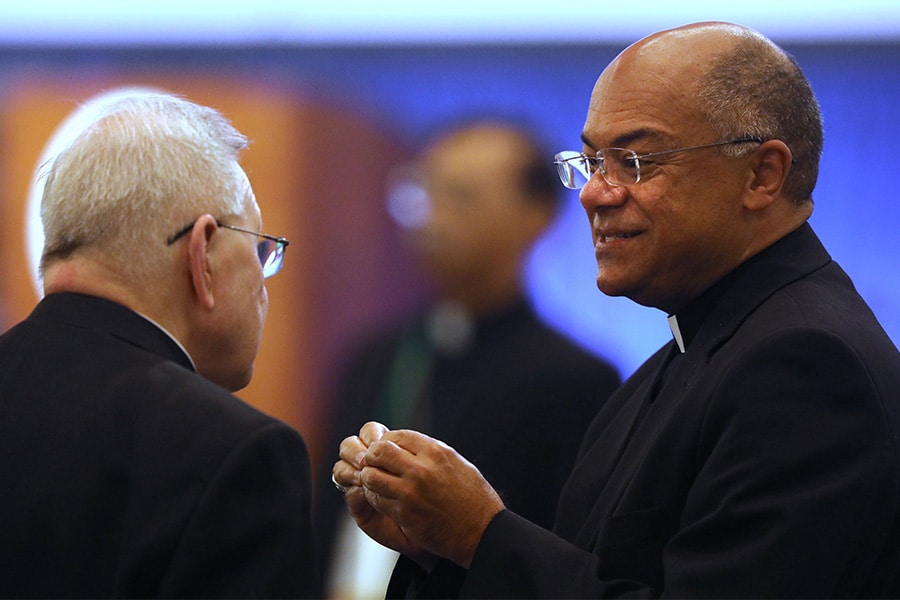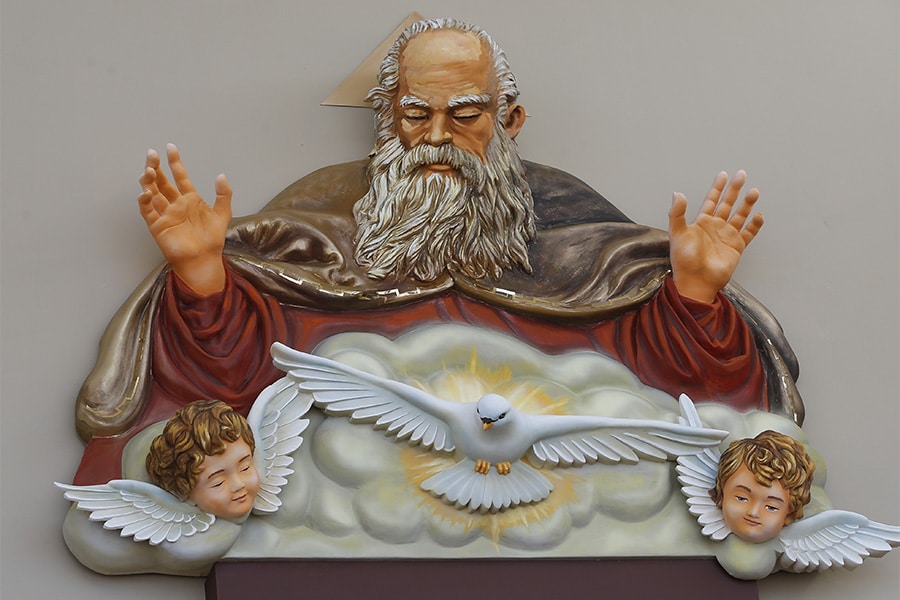These are dangerously murky times. Passionate voices ring out all over; few listen to each other. We risk losing one another as forces pull and push us apart, like the sudden crush in a crowd, when people going different directions create forces by which some get suffocated and trampled.
Nobody intends such a terrible result, yet all are somehow part of it, and tears of anguish are shed by all. How can we find our way together amid such forces?
Such thoughts haunted a long-ago pope. A medieval mural depicts Pope Innocent III asleep, dreaming the church is cracking apart. Down the middle of the mural runs an immense crack, right through the bed of the dreaming pope — so perfectly placed to dramatize the dream that the viewer might think it part of the fresco.
But no, the wall itself was damaged by an earthquake in modern times, and so the papal dream of the cracking church now is part of a cracked church.
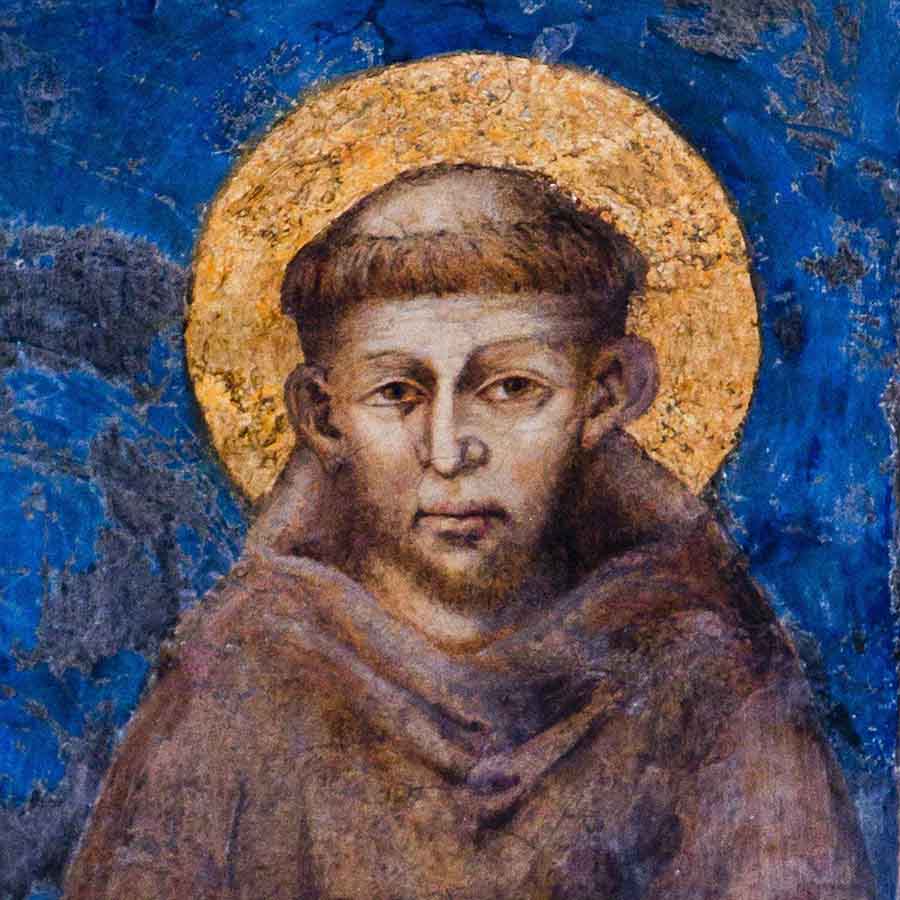
That mural, in the Basilica of St. Francis in Assisi, Italy, includes St. Francis arriving to ask the pope’s blessing to found his new community. The pope’s problem was answered by a flesh-and-blood reality, not exactly the reality he expected (or wanted to see), but one he could recognize because he was praying for the church he was responsible for.
Much legend, embellishment and marketing surround the centuries-old persona of St. Francis (died 1226). His image, name and mystique have undoubtedly been used to support many a viewpoint he never thought of.
But down through these centuries, the cross he prayed before has witnessed pilgrims of all ages from around the world. Something brings them to it. Something causes them to stop and pray. It’s a sign of St. Francis’ holiness that his fame draws people to the cross from which Christ receives and gazes on all who come.
It’s not an ideology, principle or method that St. Francis embodies. It’s his love of Christ crucified. As a young man, come of age, he’d experienced life’s best and worst: wealth and privilege, war and poverty, illness, corruption.
Somehow it all brought him to the old painted cross in a derelict little stone church outside the city, used as a hospital for the poor. The church was so ruined and neglected that the rain pattered on the face of the crucified. There, something happened that defies logic, a direct revelation that changed St. Francis forever.
What was it that St. Francis understood, seeing and seen by that face? The depth of God’s condescension, the love that touches humanity and brings God himself to the cross? From then on, St. Francis wanted to be next to the crucified God — starting with the church itself, but leading him onto all kinds of roads.
This moment (however long or short by the clock) made his next step clear: repair the church so the cross is no longer exposed to the rain. And the next step after that: embrace the lepers, the despised and feared people who were also on the outside. And then the next step, and the next.
St. Francis’ love of God is thoroughly practical. If we don’t see Christ, it’s hard to see sense in what St. Francis does. If we watch St. Francis, we might start to see Christ.
The cross leads him to an ever-greater understanding of the need to be poor, to poverty as the way to be with Christ crucified. He understands poverty not in terms of wealth, but power. No power, no influence, no voice, no visibility: That’s what it means to be poor. So he is led to the poor, to learn from them.
St. Francis’ steps eventually led him to create a living Christmas creche among the villagers of Grecio, with live animals in a real manger. It was God made life-size! St. Bonaventure relates that on Christmas night John of Grecio, a former soldier who loved St. Francis, “beheld an infant marvelously beautiful sleeping in the manger, whom the blessed Father Francis embraced with both his arms, as if he would awake him from sleep.”
No wonder, since St. Francis gave up everything, and gave everything, to bring Jesus to life among his people. This is the true work of faith.
How can we hear and see each other, amid the furious forces, except in our shared love of Christ, and him crucified (1 Cor 2:2)? How can we know the way for the church in our day except by standing beside him in his love of the poor, and take the next step we can see to help, and the next step after that?
We might find the person we need to see is a beggar, a pope, a broken but eager young man, an enemy or a friend. Or simply a fellow church member. We might see Christ born among us, life-sized, beautiful.
“Most high glorious God, enlighten the darkness of my heart. Give us true faith, certain hope and perfect charity.” St. Francis’ prayer before the crucified, a fitting Christmas prayer.
Marrocco can be reached at mary.marrocco@outlook.com.
Read More Commentary
Copyright © 2022 Catholic News Service/U.S. Conference of Catholic Bishops

